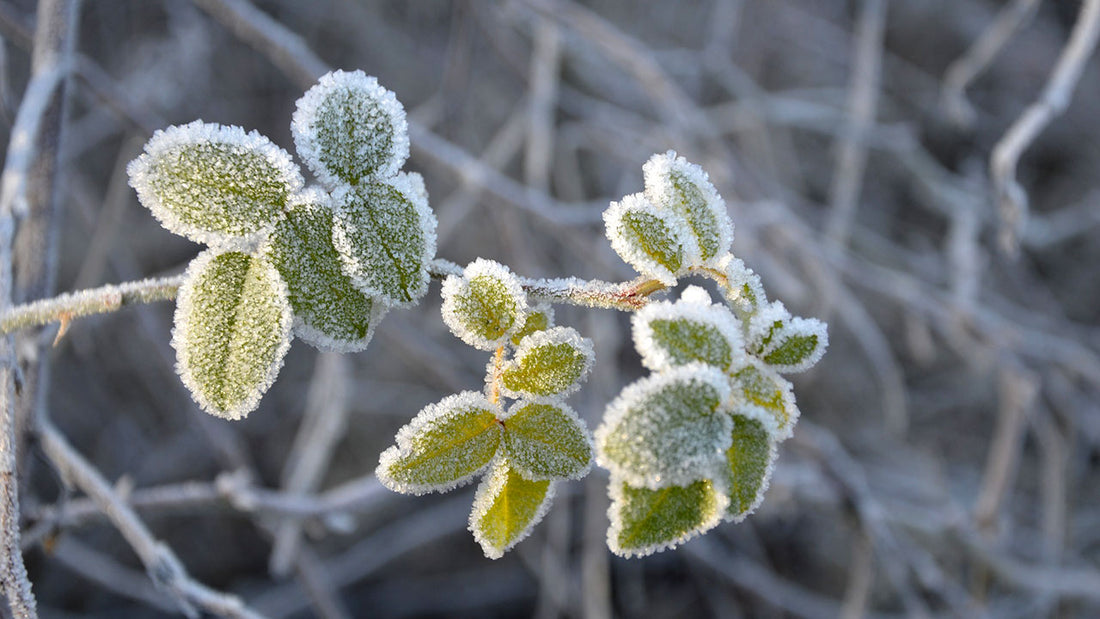During the darkest days of winter, while your orchard is dormant, there is little risk of frost damage to your trees. The biggest danger comes in the spring when the tree starts to break dormancy. The young leaf buds and shoot growth can be damaged by extreme cold, and a late frost or snowstorm can mean a harvest-less year for a tree in bloom.
Unfortunately, there is no cure for frost damage; a tree affected during its spring growth and bloom will have to wait until the next year to fruit. Prevention is key to protecting your tree from frost damage. The first step to preventing frost damage is to select a variety of tree that is cold hardy and has the correct chill hours for your climate. If your region typically experiences a late spring frost, select a variety that is additionally known to have a late bloom time. This will reduce or, if you’re lucky, eliminate the need to take further steps to protect your tree in the spring.
If your fruit trees are damaged by a late frost, you won’t necessarily lose your harvest for the year. Apples, pears and peaches can lose up to 90% of their flower buds without a decrease in harvest. Cherries will have a full harvest even when subjected to a 50% bud kill. The exact temperature that causes bud kill will vary by type of fruit, variety, bud maturity, and length of cold exposure. Most fruit trees in bloom can withstand temperatures as low as 28°F for 30 minutes, with only 10% bud kill (and thus no reduction in harvest). You can find a comprehensive illustrated chart for the lowest temperatures that fruit trees can typically tolerate from Utah State University Extension. If temperatures are expected to drop too low once your tree begins budding or blooming, or if sleet or snow is predicted, it’s time to take action. If your tree is small enough, you can wrap it in frost blanket bags for the duration of the cold snap. For larger trees, spraying with Frost Shield provides protection to young leaves and flowers without damaging them or preventing pollination from occurring.


21 comments
Kelly, your fruit trees should be fine, as long as the roots are in the ground and covered and your tree is not breaking bud. If you want you can cover it with a frost blanket, but I don’t think it is necessary.